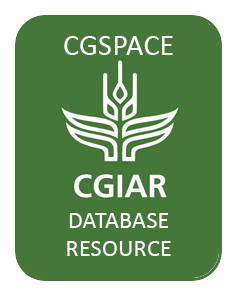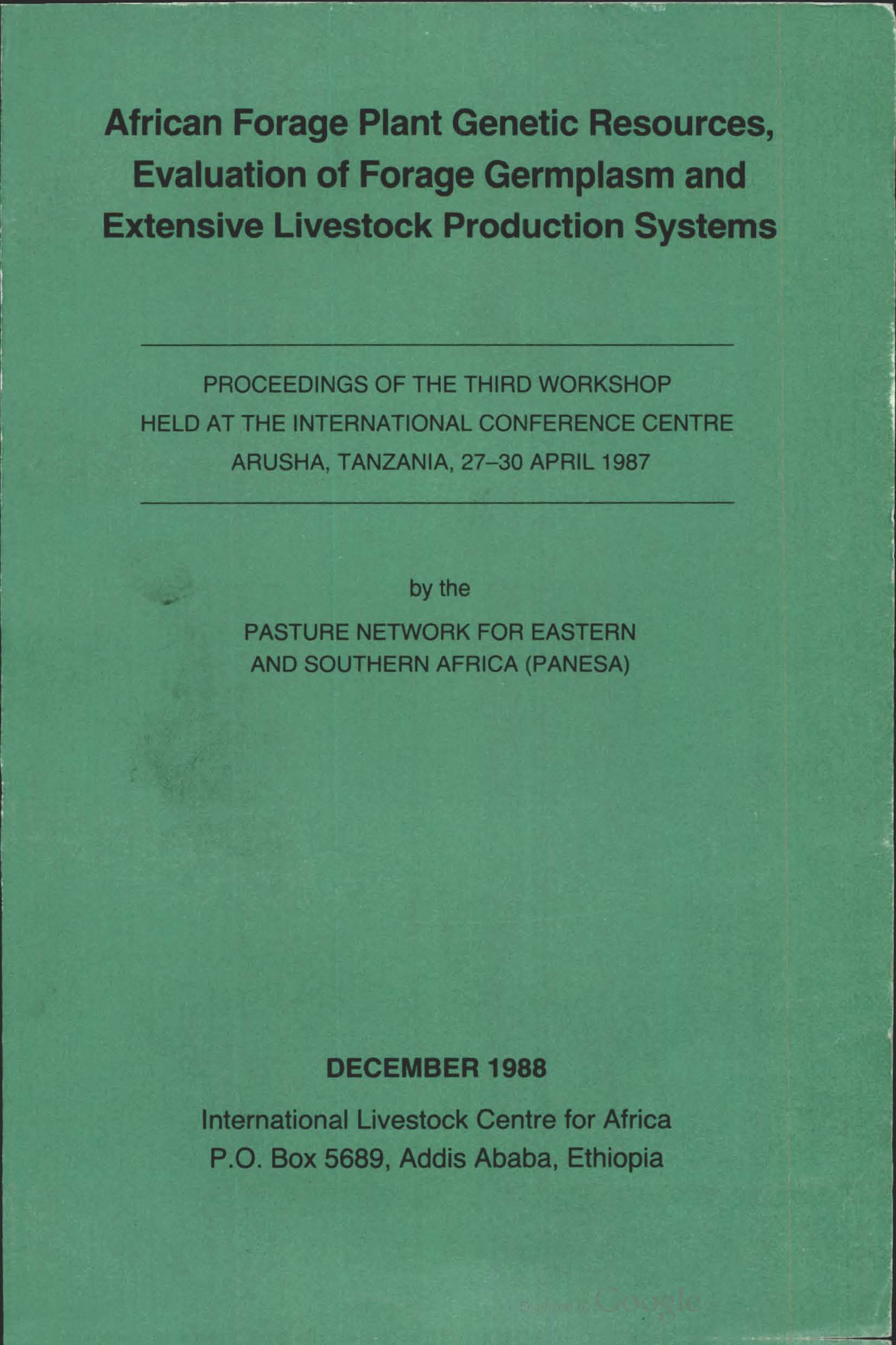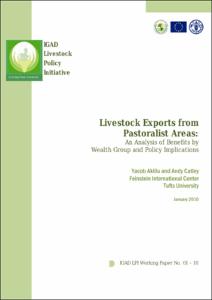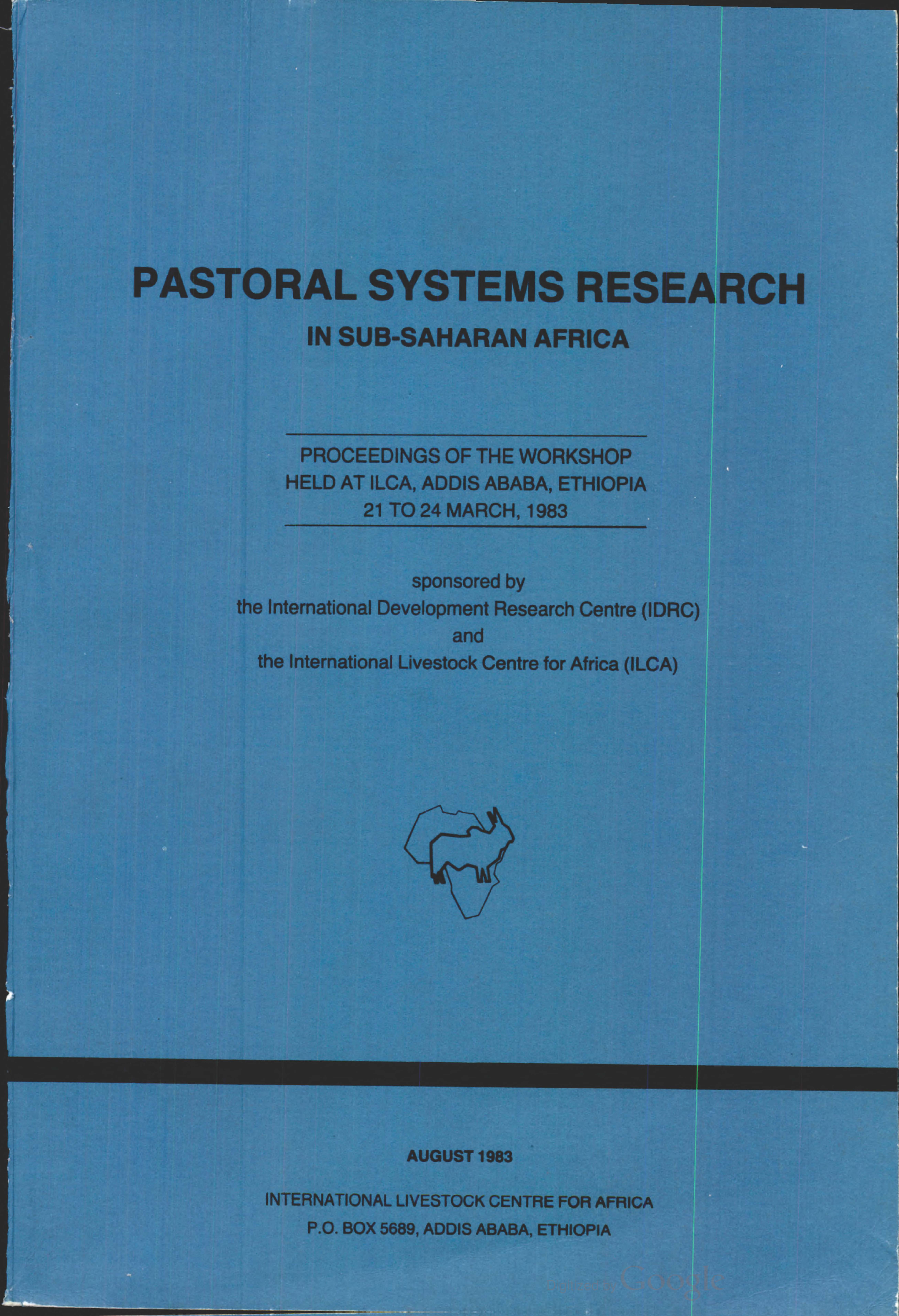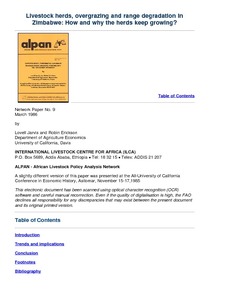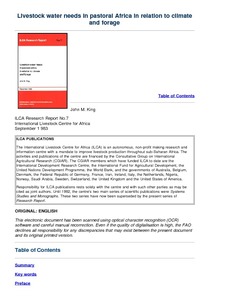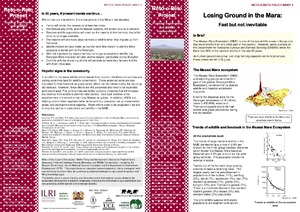Le role du lait dans le systeme pastoral du Sud Darfur
Describes the characteristics of dairy production and processing in South Darfur and provides an analysis of the way in which pastoral families vary their diets according to seasonal food shortages and shifting terms of trade between milk and food grains.
Livelihood mapping and poverty correlates at a meso-level in Kenya
Legume-based cropping. A possible remedy to land tenure constraint to ruminant production in the subhumid zone of central Nigeria
L'utilisation des enquetes integrees pour le recensement des ressources et le suivi de l'evolution des systemes pastoraux en Afrique au sud du Sahara
Reviews various approaches and techniques used in a number of sub-Saharan African countries to collect and analyze data on large-scale ecological changes with particular reference to remote sensing and monitoring techniques in resource inventory; suggests ways to build more effective data bases.
Livestock productivity and management
Discusses ways of collecting livestock data, mentioning the usefulness and techniques of low-level aerial surveys to gather information on animal numbers; and methods of recording weight changes and milk yields.
Livestock transactions data collection
Discusses the need for data on voluntary offtake & acquisition of livestock in pastoral production systems, and considers methods through which desired data can be collected, particularly multiple-visit, and single-visit progeny history technique.
Livestock herds, overgrazing and range degradation in Zimbabwe: How and why do the herds keep growing?
This paper looks at African livestock herds in Zimbabwe over the period 1890-1980. The focus is on the livestock system in the tribal areas where, under communal land use, there has been long-term concern with environmental deterioration Zimbabwe was chosen because it is one of the few African countries for which reasonably accurate historical data are available regarding African (common range) as opposed to Europen (closed range) herd development.
Livestock water needs in pastoral Africa in relation to climate and forage
Discusses livestock water needs and the variation of water dependence in dif. circumstance, mentioning body water functions; physiological aspects of water balance; channels of gain & loss; and factors affecting water balance, particularly energy production, thermoregulation and water availability. Examines energy and water use, as well as water & livestock development in pastoral areas of Africa.
Losing ground in the Mara: fast but not inevitable
The Maasai Mara Ecosystem (MME) is one of the key wildlife areas in Kenya and has more wildlife than any other part of the country. However, aerial surveys by the Department for Resource Surveys and Remote Sensing (DRSRS) show that Mara lost 60% of it’s resident wildlife in the last 25 years. As human populations grow, and crop farming expands and land privatizes, these pressures will only grow.

